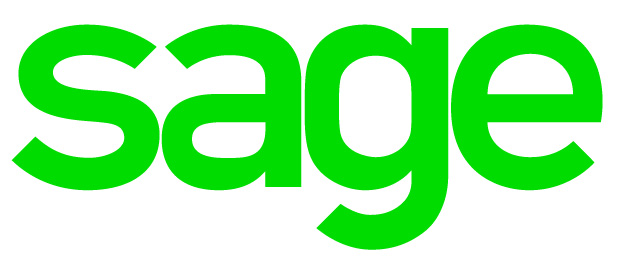Reduction in the dividend allowance
Unless there are further political objections, one of the few remaining revenue raising changes in the recent spring budget was the reduction in the £5,000 dividend allowance from April 2018.
From this date the allowance will drop to £2,000.
This measure will increase the tax charge for investors with significant, quoted share portfolios and the director/shareholders of private companies who minimise their tax and National Insurance by taking a low proportion of their remuneration as salary and any balance as dividends.
A person with annual dividends of £5,000 may see the following amounts added to their tax bill for 2018-19, dependant on where the dividends sit in their basic, higher and additional rate income tax bands:
- Basic rate tax payers – an increase of £225.
- Higher rate tax payers – an increase of £975, and
- Additional rate tax payers – an increase of £1,143.
The current average dividend yield for FTSE 100 companies is close to 3%. Based on this estimate, holders of portfolios in excess of £67,000, may see an increase in their tax bill next year. There has been speculation in the press suggesting that affected investors (in quoted companies) may be able to use ISAs to shelter some of their dividend income from an income tax charge.
Director/shareholders who have adopted to the low salary high dividend approach will suffer a tax increase, but it is likely that the benefits of this strategy will still outweigh the tax and NIC cost of being self-employed.
Latest News
- High risk and all eggs in one basket - April 25, 2024
- More corporate red tape - April 23, 2024
- New employment protections - April 18, 2024
- Opening up small company reporting - April 16, 2024
- Boost for small businesses - April 12, 2024
- A new acronym - April 9, 2024
- Tax Diary April/May 2024 - April 5, 2024
- Still time to register for the Marriage Allowance - April 5, 2024






